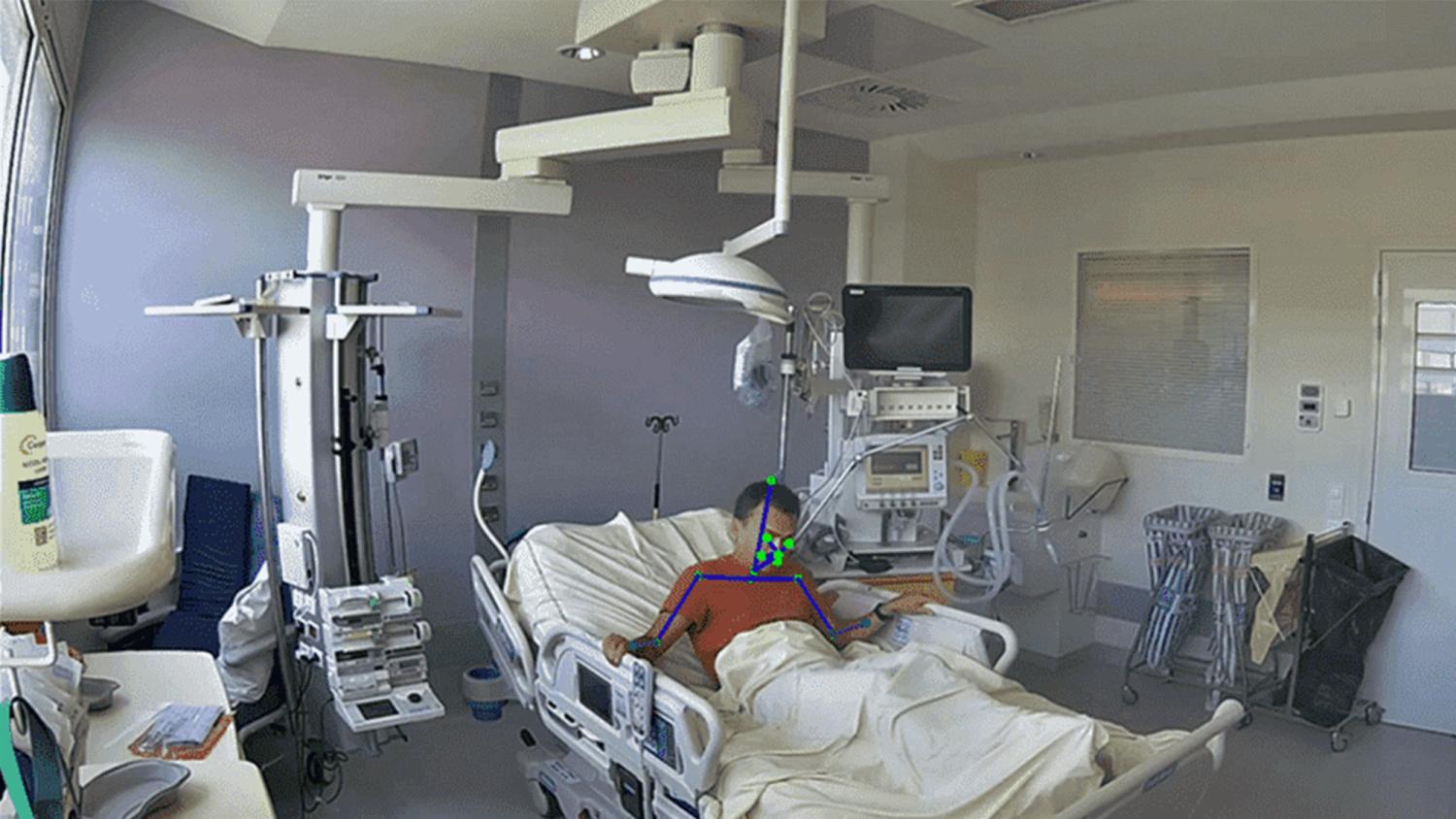Private 5G for healthcare
By rolling out a private 5G network within a critical care resuscitation unit, it is possible to respond quickly and easily to specific emergencies (such as the setting up of temporary units, for example).
Transmission of alarms from monitoring devices, reliability and security in the transmission of patient data and video-based patient supervision support are just some of the solutions available through the "Engage 5G and beyond" project, funded by the France 2030 Stimulus plan and supported by Obvios, with partners Orange, Rennes Teaching Hospital, Eurecom, EDF, Nokia Bell Labs and the Image & Réseaux cluster. Its objective is to build and operate a network of open, national and sovereign platforms offering services for 5G experimentation applied to health, energy and industry 4.0.
The Obvios teams are also working on creating the next generation of OR (operating room) ecosystems that are 5G compatible to improve patient outcomes. The trials will take place in the operating rooms of hospitals in Strasbourg, Berlin and Mannheim. Obvios is the provider and installer of the complete 5G network infrastructure for these trials. This project is carried out in partnership with the Strasbourg University Hospital Institute (IHU), Fraunhofer IPA, Charité University Hospital in Berlin and Reutlingen University.

Combining a private 5G network and augmented reality to create ephemeral resuscitation rooms
Resuscitation departments must respond to crises on an ad hoc basis, leading them to set up temporary resuscitation units in areas not intended for this purpose, such as single rooms along a hallway and without glass. Deploying a private 5G network quickly and efficiently to transmit alarms from monitoring devices and video allows the new medical area to be operational to monitor patient progress in the best conditions.
A 5G private network for health allows it to be free of connectivity while maintaining reliability and security in the transmission of patient data. Private 5G also makes it possible to set up video solutions to support the activity of the nursing staff. For example, when patients in intensive care units wake up, they may be surprised by the equipment around them, especially the intubation equipment. A bad reflex or a panic reaction can lead to complications for the patient. To avoid this, our researchers have developed a video-based patient supervision tool. Here too, a camera linked to an algorithm detects the position and movements of the head, arms and hands. If the patient shows signs of agitation, an alert in the supervision room will notify staff so that they can intervene quickly and prevent the patient from disintubating. The focus is on the precision and relevance of alarms, to reduce the noise and visual pollution already very present in services. This innovation is also part of the "Engage 5G and beyond" project.



